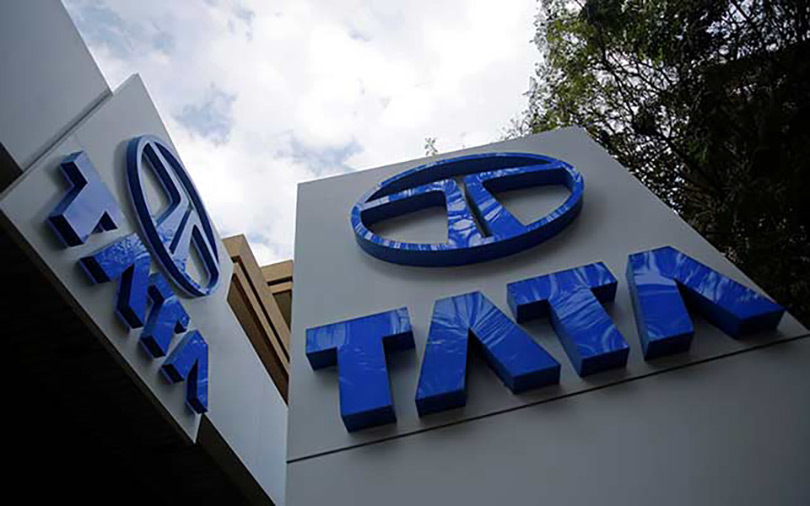
Tata Comm plans to install 15,000 IoT-controlled street lights in Jamshedpur


Tata Communications, the telecom arm of the diversified Tata Group, said on Wednesday that it was working on a collaborative project to deploy 15,000 street lights in Jamshedpur that can be controlled via the internet.
The telecom company has partnered with electronic equipment manufacturer Motwane to help urban infrastructure provider Jamshedpur Utilities and Services Co. Ltd. (JUSCO) install the smart lights.
The first phase of the project will see 300 lights being installed, with the rest to be put in place over the next five years.

The system enables smart features such as switching the lights on/off or dimming them remotely from the central command centre and adjusting them in clusters as required that would help reduce manpower costs and energy consumption.
“We need a smart street lighting system that will help us save energy, reduce maintenance costs, get real time reports, full controllability over the light intensity and reduce CO2 emissions,” said Ashish Mathur, managing director of JUSCO. "“IoT is probably the biggest game-changer we are experiencing in urban planning and management."
He said lights consume less power and could potentially save Rs 700 per light annually.

Tata Communications said in a statement that it will help in delivery of an end-to-end solution of smart street lights for the infra company including device-to-application, and network-to-platform services.
“This smart streetlight project is a great example of the real-world benefits that the IoT can deliver for cities and the environment,” said VS Shridhar, senior vice-president and head of Internet of Things (IoT) at Tata Communications.
Tata Communications' IoT network is based on LoRaWAN technology. LoRaWAN stands for low power consumption and wide area coverage which has benefits such as covering a radius of over 15-km in semi-urban areas and 2-km in urban areas.

Tata Communications had rolled out its IoT network in 38 cities last year and plans to include more cities in the next two years.
According to a report by market research firm Research and Markets, the smart street lighting market in India is estimated to grow at a compound annual growth rate of 42.2% between 2016 and 2022.
The government will be key to this growth and has so far taken steps to reduce the country's carbon footprint. This includes replacing traditional high-intensity discharge lamps (HID), which consume a lot of energy and generate a lot of heat, with more energy-efficient smart street lights.

The government's flagship Street Lighting National Programme (SLNP) aims to replace India's 14 million conventional street lights in India with Smart LED variants by 2019.
